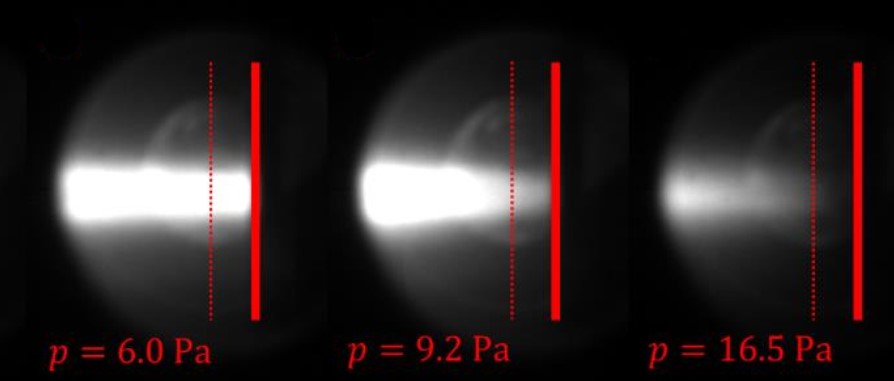It has been shown that plasma-surface-interaction in the divertor region poses one of the biggest challenge towards the realization of divertor technology. To reduce the heat and particle flux to the divertor plate, a so-called detached plasma regime has to be achieved and controlled. It has been also reported that injection of impurities, in either mid-plane SOL and/or divertor, facilitates onset of detachment.
Although several studies with state-of-the-art code packages provide fundamental insights into the dynamics of SOL and detachment physics, very little attention has been paid to the plasma chemical processes occurring in the divertor within an impurity seeded plasma detached regime. Those processes may actively contribute to enhance recombination in the volume phase, preventing intolerable particle flux that would lead to material deterioration. In this thesis, we aim to fill this lack of knowledge by means of both numerical simulations with three different codes and experiments in divertor simulator Magnum-PSI. We will strive to answer the following research questions
- What is the influence of nitrogen-driven plasma chemistry on plasma detachment?
- What is the influence of other impurities i.e. argon and helium on plasma detachment?
- Is it possible to reproduce experimental results in Magnum-PSI with dedicated codes?

